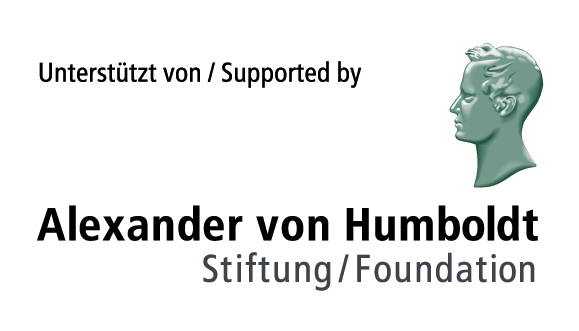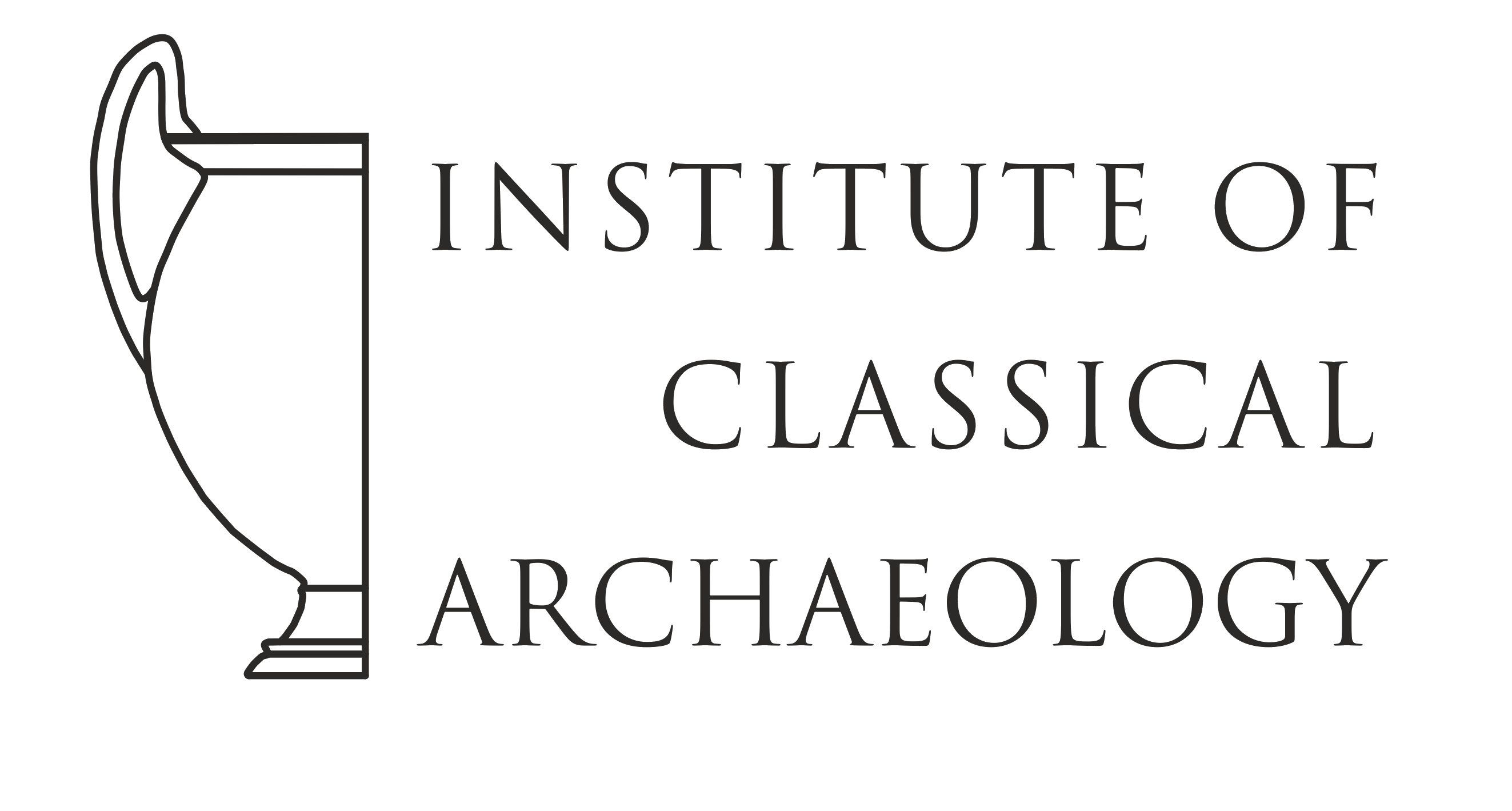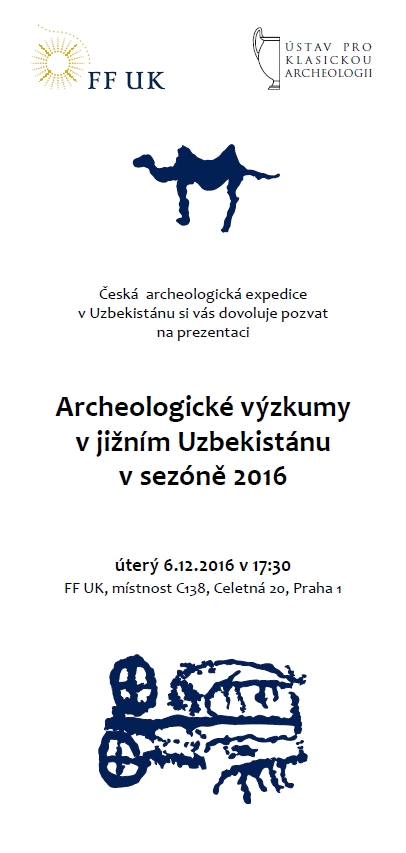Reinecke´s Heritage. Terminology, Chronology and Identity in Central Europe between 2300 and 1600 BC
Humboldt-Kolleg
Chateau Křtiny, 12–15 June 2017
Conference Concept
The chronology of the Early Bronze Age (EBA) in Central Europe, both relative and absolute, has witnessed some turbulent developments over the past few years. The increased amount of absolute dates (AMS 14C, some dendro), but also a new level in the quality of individual 14C dates, gave rise to a number of new regional studies. At the same time, year over year several new cemeteries, settlements and hoards are dug up, published and being discussed in scholarly circles. This also permitted to better recognize discrepancies and common ground between the various relevant regions, most of which still use a periodization and terminology based on the almost 100 years old system introduced by Paul Reinecke, albeit adjusted to the needs of the individual regions (as by Christlein, Ruckdeschel, Neugebauer, Bertemes, Moucha, Novotná).
In the first place, the state of art for the relative and absolute chronology of the EBA in Central Europe, as well as the periodization systems used, will need to be questioned. In doing so, the starting point will be the Reinecke system itself and what it still means for the individual regions today: How do we define his individual phases today? How are they to be interpreted? Do they mean the same thing in different regions? Are the individual phases really synchronous all along the Danube? Do we need to move beyond and offer new solutions? We obviously do, but should we throw out the baby with bathwater either, ie. abolishing the Reinecke system altogether?
Other questions that need to be addressed concern the meaning of the cultural diversity that one can witness in Central Europe at this period. We see a lot of diversity, but also much of overlapping elements, occurring (synchronously?) across a number of cultural groups. We will have to address the issues of continuity and change, as well as aspects of human mobility, often associated with several of the changes observed. And all of these need to be discussed in the frame of identity and perhaps ethnicity concepts: What kind of group identity do we encounter? Is the cultural concept still valid? What is the role of current and future aDNA investigations? One observes a lot of permeability and creativity particularly in terms of material culture. Nevertheless, keeping the traditional concepts is becoming increasingly difficult…
Geographical scope: all regions directly or indirectly using the Reinecke System – Western, Southern and Central Germany, Bohemia, Moravia, Silesia, Lower Poland, Switzerland, Northern Italy, Austria, Slovakia, Hungary and Transylvania.
Relative-chronological scope: Reinecke Phase A and the immediately preceding and succeeding periods (A0 and A2/B, A3…). The beaker cultures and full-scale tumulus cultures are intentionally beyond the scope of the conference.





